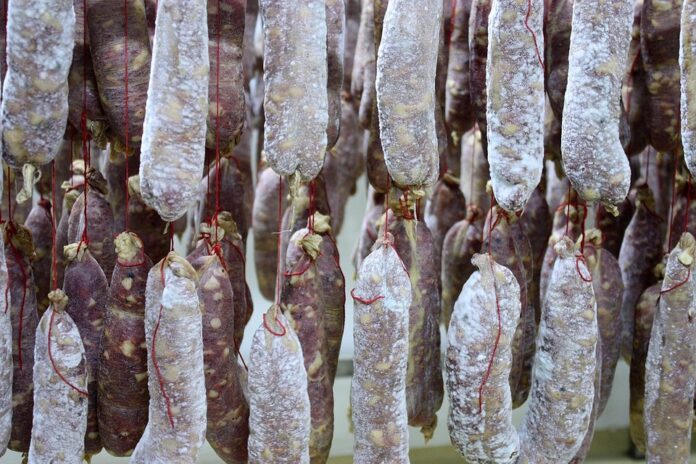Introduction
Salt pork has been a staple in many cultures for centuries, providing a convenient and long-lasting source of protein. In commercial salt pork production, ensuring the shelf life of the product is crucial to maintain quality and safety standards. This report will delve into the shelf life of salt pork and the various cure methods used in commercial production.
Shelf Life of Salt Pork
Salt pork is a type of preserved pork product that has been cured with salt. When stored properly, salt pork can have a relatively long shelf life compared to fresh pork. The shelf life of salt pork can vary depending on the specific cure method used, the packaging, and storage conditions.
Factors Affecting Shelf Life
Several factors can affect the shelf life of salt pork, including the salt concentration, moisture content, temperature, and exposure to oxygen. High salt concentrations can inhibit bacterial growth and extend the shelf life of salt pork. However, too much salt can result in a product that is too salty to consume.
Packaging and Storage
Proper packaging and storage are essential to maintaining the shelf life of salt pork. Vacuum-sealed packaging can help prevent oxygen exposure and extend the shelf life of the product. Additionally, storing salt pork in a cool, dry place can help prevent spoilage and extend its shelf life.
Cure Methods in Commercial Salt Pork Production
There are several cure methods used in commercial salt pork production to enhance flavor, texture, and shelf life. The most common cure methods include dry curing, brine curing, and injection curing.
Dry Curing
Dry curing involves rubbing salt, sugar, and other seasonings onto the surface of the pork and allowing it to cure for an extended period. This method results in a more concentrated flavor and a firmer texture. Dry-cured salt pork typically has a longer shelf life compared to other curing methods.
Brine Curing
Brine curing involves soaking the pork in a saltwater solution along with other seasonings and curing agents. This method is faster than dry curing and results in a milder flavor. Brine-cured salt pork is typically more tender and juicy but may have a shorter shelf life compared to dry-cured salt pork.
Injection Curing
Injection curing involves injecting a curing solution directly into the pork using a needle injector. This method is commonly used in commercial production to speed up the curing process and ensure uniform distribution of the curing agents. Injection-cured salt pork typically has a shorter curing time and can have a similar shelf life to brine-cured salt pork.
Industry Insights
The commercial salt pork production industry is a significant segment of the overall pork processing industry. Companies such as Smithfield Foods, Hormel Foods, and Tyson Foods are among the leading producers of salt pork in the United States.
Financial Data
According to industry reports, the global salt pork market is expected to grow at a steady rate in the coming years. The market is driven by the increasing demand for preserved meat products and the growing popularity of traditional cured meats. Companies in the salt pork production industry are investing in research and development to introduce innovative products and cater to changing consumer preferences.
Industry Trends
One of the emerging trends in the salt pork production industry is the use of natural curing agents and organic ingredients to meet the growing demand for clean-label products. Consumers are becoming more conscious of the ingredients used in their food and are seeking products that are free from artificial additives and preservatives.
Conclusion
In conclusion, the shelf life of salt pork is influenced by various factors such as cure methods, packaging, and storage conditions. Commercial salt pork production relies on effective cure methods to enhance flavor, texture, and shelf life. Companies in the industry are adapting to new trends and consumer preferences to meet the growing demand for high-quality salt pork products. By understanding the intricacies of shelf life and cure methods, producers can ensure the production of safe, high-quality salt pork for consumers worldwide.



